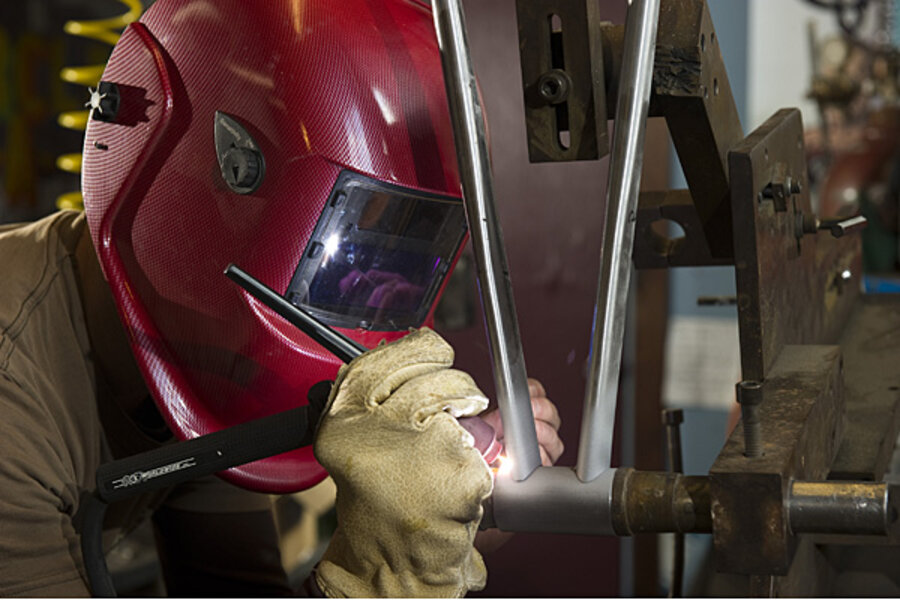Finding the right customers for your small business
Loading...
During start-up, entrepreneurs are desperate to make a sale. Revenues are needed to generate cash flow and affirm that the new company’s business model actually meets a need in the market.
Entrepreneurs will take just about any customer willing to do business with their new company, including those who really don’t fit with their business model. After all, a sale is a sale, and cash is cash!
When the opportunity to land the first big customer comes along, the entrepreneur sees the chance to finally get more predictability and stability in cash flow. Again, even if this customer does not exactly fit what the entrepreneur is trying to do with the business, landing a big account will help reduce the entrepreneur’s worries about the future of the business and help him or her sleep a little better at night.
A result, entrepreneurs can amass quite a hodgepodge of customers with a wide variety of needs and expectations. Some were promised a cheap price. Some were offered a good value. And some were promised a high level of service.
Meeting such a wide array of customers is manageable while a business is small. But, as it grows, it becomes impossible to be “everything for everybody.”
We faced this challenge in our healthcare company. We launched our business back in the early days of managed care. Our business model offered innovation and value. We developed new programs designed to provide better quality care at a lower price.
When the opportunity to be the exclusive provider for one of the largest HMOs in our market was offered to us, we jumped at the chance. The contract would result in a fifty percent increase in our sales almost overnight. However, the HMO was not seeking innovation and value – all they wanted was the lowest price possible through limited utilization of services by their clients.
We were able to manage the varied demands of our customers for a while. But, we soon found that meeting the conflicting needs of our existing customers and the HMO created strains on our ability to grow profitably.
We recognized that the needs of the large HMO could no longer be met within the business model we were building for the rest of our customers. We knew we needed to cancel our contract with the HMO to ensure our long-term success.
However, the HMO represented 25 percent of our revenues! Since our profit margin was only 15 percent, we felt hostage to keeping their business.
But, when we calculated the true cost associated with all of the time and energy we had to devote to this customer, we realized that we actually lost money on their business.
So we fired our biggest single customer.
Within a few months we were able to attract enough new business that fit our model to more than make up the revenues we lost from terminating the contract with the HMO. It turned out that having them as a client kept many new customers from doing business with us, as it confused them on our true value proposition.
Firing a customer can be one of the most terrifying decisions a business owner can face. But, it is often necessary to stick to your business model and ensure successful long-term growth.








